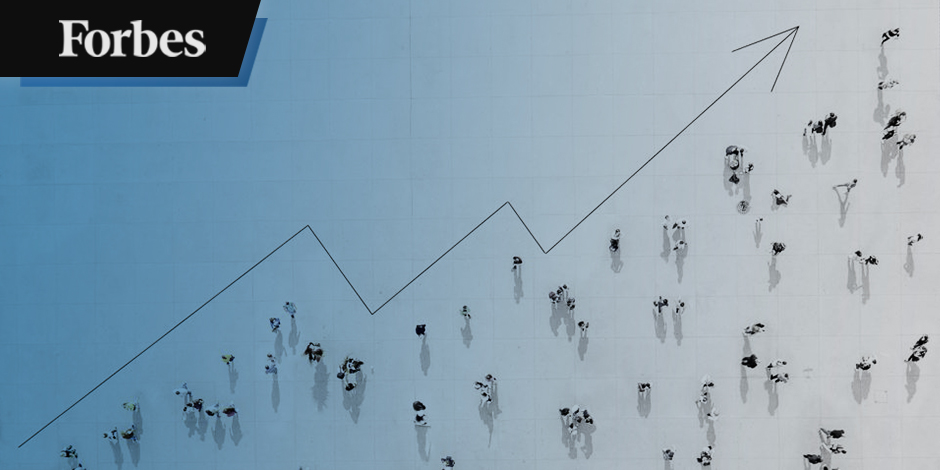Cowboy culture is hot, denim is in, and specialty “hard goods” chains like Tractor Supply have been posting double-digit revenue gains. Together with the death of the mall and the rise of the neighborhood open-air shopping center, consumers seem to be in the mood to keep it real, local, and human-scaled.
Like the hit television series Dynasty, which came to define the 1980s (think yuppies, greed, “power dressing,” and big hair), the mega-hit series Yellowstone, a neo-Western soap opera starring Kevin Costner, seems to have captured the current zeitgeist.
For example, the pandemic shattered the allure of globalization and has sparked a broad on-shoring “America-first” movement. In the wake of mass economic dislocation and job losses, the share of the workforce involved in the so-called gig or self-employed economy has soared by a third compared with before 2020. Corporate networking has been replaced by a culture of self-reliance and independence — good old American values.
This year for the first time, as more of us became our own bosses and some became hobby farmers, the Federal Highway Administration reported that the predominant vehicle on the road is now the light truck (pickups, SUVs, vans, etc.). To help consumers fill those light trucks with tools and accessories, retailers like Tractor Supply have been building out a network of new stores in markets that are on the margins of its big-box brethren, Home Depot and Lowe’s.
Tractor Supply's revenue has been growing by double-digits since 2019, hitting $14.5 billion for the twelve months ending March 31, up 11.7% for the year, and its stock price is currently up 215% since March 2020, when the shutdown began. Home Depot shares are 40% higher, and Lowe’s has about doubled.
Similar to Tractor Supply are retailers like True Value and Ace Hardware, each of which are retailers’ cooperatives of locally-owned stores, usually situated in open-air shopping centers, and Sherwin Williams, a chain of 5,000 retail paint stores in similar local-market locations.
While the big box stores battle for the wallets of contractors and suburbanites, companies like Ace and Sherwin-Williams have been winning their hearts. The most recent survey by consumer research giant J.D. Power found that Ace Hardware ranked highest in customer satisfaction among home improvement retailers for the 15th time in 16 years. Like the one just two miles from my home, it is a wonderful store chock full of products and helpful, informed store team members.
J.D. Power recently ranked Sherwin-Williams number one in customer satisfaction for interior paints. Also, a store within less than two miles and, according to my wife, a great group of very helpful staff members with a product she often recommends to our friends and family.
What does all this mean for the retail industry? Perhaps fewer new destination mega-stores. Anyone who has gone to a big box store to find a single item to complete a home project will tell you how frustrating it is when they can’t find it and there’s no one to ask.
Meanwhile, according to a Morning Consult survey, consumers have adjusted their shopping habits as inflation kicked up, driving less and consolidating their driving trips. In an economic environment that has evolved rapidly over the past couple of years, retailers that ignore understanding their customers' rapidly changing behaviors run the risk of ending up in the dustbin of history along with the Bed Bath and Beyonds.

















